Dead Birds Turned Into Drones, Gaining Artificial Intelligence And 5G?

Sometimes you hear a phrase like, “dead bird drones,” and wonder if you’re already living in the kind of dystopia that countless science-fiction properties have warned us about over the decades.
Necrobotics Is The New Wave
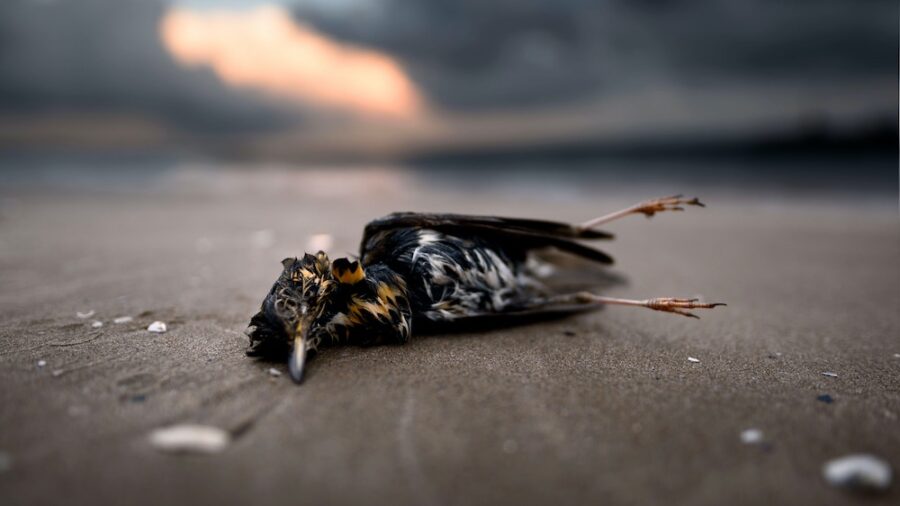
But a new study at the New Mexico Institute of Mining and Technology has found a practical application in a new field of study known as “bio-drones,” or “necrobotics,” according to Signal.
As the terminology suggests, researchers are using taxidermy birds affixed to drones to monitor wildlife, and in the future, there will be plans to use cameras, fifth-generation (5G) mobile technology, and artificial intelligence to take the research to a whole new level.
Current Drones Are Noisy And Disruptive
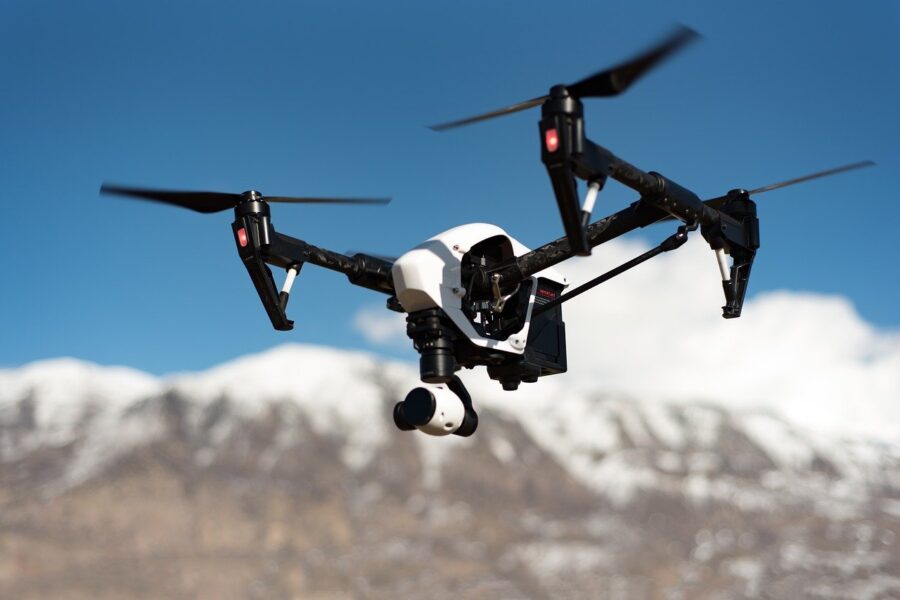
This dead bird drone initiative came to be when Mostafa Hassanalian, the associate professor of mechanical engineering at New Mexico Tech, purchased bird parts from Amazon with the intent of developing nature-friendly drones that mimic the movements of their living counterparts.
Current drones that are made out of artificial materials are noisy and disruptive, and have a number of limitations when it comes to environmental monitoring. As of this writing, researchers still don’t know if dead bird drones will be able to successfully join a flock of living birds, and worry that predatory birds could perceive them as a threat and attack them.
Developmental Phase
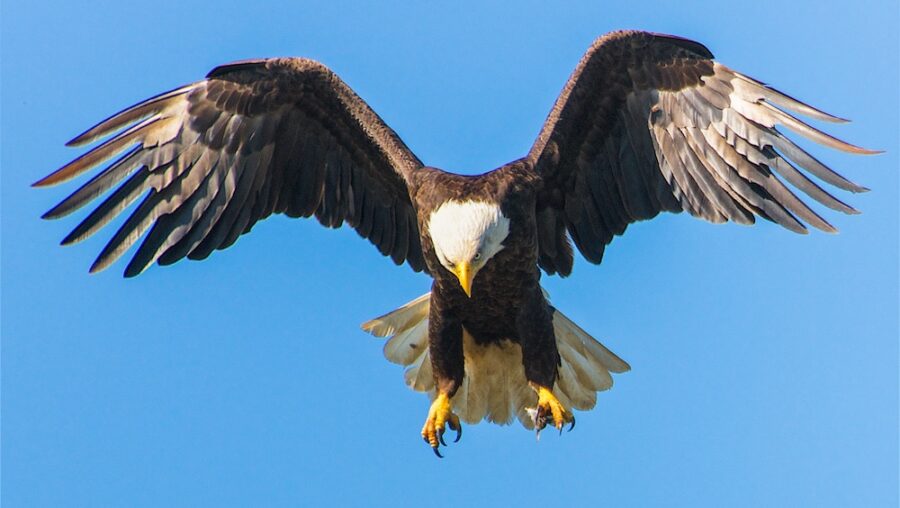
Currently, the concept of dead bird drones is still very much in the development phases, and they can fly for about 20 minutes in a controlled environment before losing power.
But by integrating 5G technology and AI, researchers hope to develop hot spots so they can land, charge, and take off again.
But while we wait for further mechanical developments to be explored and executed, there are practical applications that could be further researched today before the first dead bird drone is introduced into the wild.
Bird Wing Color Is Important
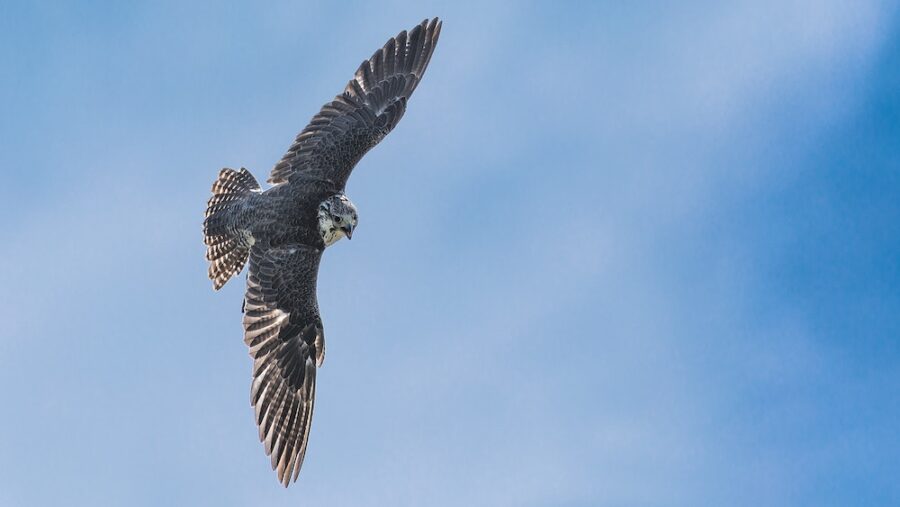
One such development is in the field of aviation and has to do with the color of a bird’s wings. Hassanalian discovered that a bird’s color patterns aren’t just for attracting mates or hiding from predators, but also have a profound impact on their aerodynamics.
In other words, in their efforts to make a viable dead bird drone, researchers have discovered that the color of their wings has an influence on lift, drag, and possibly fuel costs.
Though flying dead bird drones are the end goal, the realization that simply changing the paint job on a commercial aircraft could completely transform the aviation industry.
Bureaucratic Red Tape

Dead bird drones can also prove useful at airports if Hassanalian and his team can get permission to use the corpses of predatory birds.
In the US, there are policies against owning dead eagles and other similar predatory birds, but if researchers are able to get through the bureaucratic red tape, it’s not outside the realm of possibility that an eagle drone could be used to deter other birds from flying around airplanes.
Though this may not seem like a huge issue that we need to confront, it’s worth noting that bird and wildlife strikes to aircraft cause an estimated $900 million in damage to both civil and military aircraft annually.
Exciting Technological Times
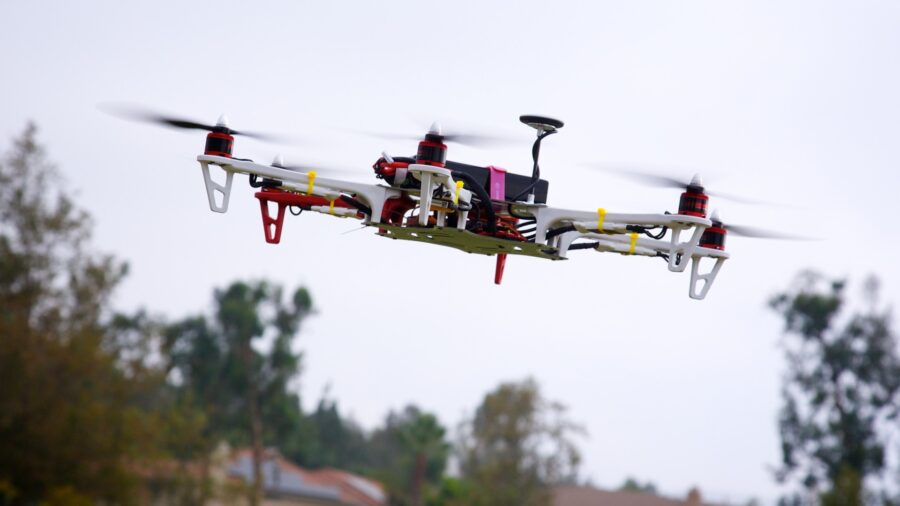
But dead bird drones are just the tip of the iceberg when it comes to this field of study. Other universities have applied similar concepts to wolf spiders, cockroaches, and dragonflies to map out areas that aren’t accessible through GPS signals for search and rescue missions.
We’re living in exciting times, and as the concept of introducing electronics into once-living creatures further develops, it will become apparent that using organic materials in favor of synthesized ones will continue to gain traction in the coming years.












